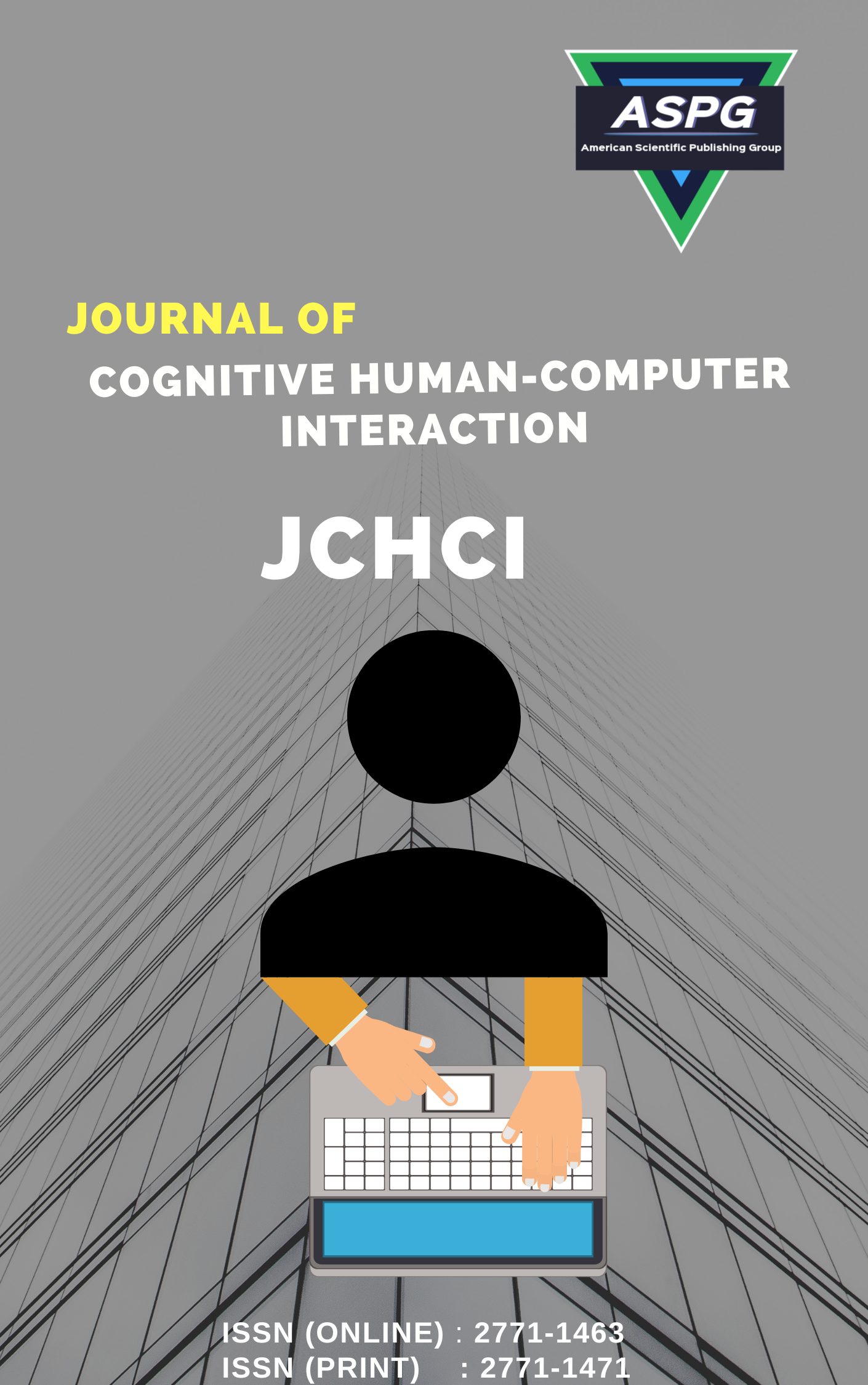

Speech is a verbal communication used by humans through language. Likewise speech recognition is a process of converting speech to text. This paper provides a study of use of artificial neural networks(ANN) in speech recognition. Hidden Markov models (HMM) is a traditional statistical techniques for performing speech recognition. In speech detection software, Mel frequency cepstral coefficients (MFCCs) are frequently used. With different approaches evolving, we deal with the features used to recognize the speech pattern and implementation of speech recognition in the efficient types of artificial neural network (ANN).
Read MoreDoi: https://doi.org/10.54216/JCHCI.050201
Vol. 5 Issue. 2 PP. 08-14, (2023)
The use of a computer-assisted diagnosis system was crucial to the results of the clinical study conducted to determine the nature of the human illness. When compared to other disorders, lung cancer requires extra caution during the examination process. This is because the mortality rate from lung cancer is higher because it affects both men and women. Poor image resolution has hampered previous lung cancer detection technologies, preventing them from achieving the requisite degree of dependability. Therefore, in this study, we provide a unique approach to lung cancer prognosis that makes use of improved machine learning and processing of images. Images of lung disease from CT scan databases created using quasi cells are used for diagnosis. Multilayer illumination was used to analyse the generated images, which improved the precision of the lungs' depiction by probing each and every one of their pixels while simultaneously decreasing the amount of background noise. Lung CT images are pre-processed to remove noise, and then a more advanced deep learning network is used to isolate the affected region. The territory is partitioned into subnetworks according to the number of existing networks, from which different features are subsequently extracted. Next, an ensemble classifier should be used to correctly diagnose lung diseases. Using MATLAB simulation, the authors examine how the provided technique improves the rate at which lung cancer could be diagnosed.
Read MoreDoi: https://doi.org/10.54216/JCHCI.050202
Vol. 5 Issue. 2 PP. 15-23, (2023)
The creation of an online weather station utilising the ESP32 microcontroller and BME280 is described in this abstract. The project's goal is to give people access to current weather information and forecasts via a web interface. The system makes use of sensors to assess temperature, humidity, pressure, and other environmental factors. These measurements are then transferred through Wi-Fi to a cloud-based server. Weather forecasts are created using the analysed and processed data and then shown on an easy-to-use dashboard that can be accessed via a web browser. Users can also sign up to receive email or SMS alerts and notifications if the weather changes. The project provides a scalable and inexpensive method to detect and monitor weather conditions in numerous areas, making it appropriate for application in the aviation, agricultural, and other sectors.
Read MoreDoi: https://doi.org/10.54216/JCHCI.050203
Vol. 5 Issue. 2 PP. 24-30, (2023)
The aim of the system was to utilize technology to save lives in India by addressing the challenge of transporting patients during emergencies on congested roads. To tackle this problem, we developed two mobile apps - one for users and one for ambulance drivers. The user app requires signup and retrieves their address and location. Similarly, the ambulance driver app also retrieves their location. When the user presses the emergency button, a notification is sent to the ambulance driver via the app. The app then displays the shortest path, and traffic signals along the route are adjusted to facilitate a faster route to the hospital. Overall, our apps were created to aid accident victims in reaching the hospital promptly
Read MoreDoi: https://doi.org/10.54216/JCHCI.050204
Vol. 5 Issue. 2 PP. 31-44, (2023)
Human activity recognition (HAR) from smartphone sensors has gained significant attention due to its potential to enhance user experience (UX) and human computer interaction (HCI) in various domains, HAR can enable personalized, context-aware, and adaptive interfaces that improve accessibility and promote health and wellness in various applications such as healthcare, smart homes, fitness tracking, and context-aware systems. However, evaluating the performance of different machine learning (ML) algorithms on activity recognition tasks remains challenging, primarily due to the lack of standardized benchmark datasets and evaluation protocols. In this paper, we presented ActivBench, an end-to-end computational intelligence benchmark designed to facilitate the evaluation and comparison of ML algorithms for human activity inference from smartphone sensors. We addressed the challenges in benchmarking activity recognition systems by providing a unified evaluation protocol and standardized performance metrics. Through extensive experiments using various state-of-the-art algorithms, we demonstrated the effectiveness of ActivBench in assessing the strengths and limitations of different approaches. The benchmark results provide valuable insights into the strengths and limitations of different algorithms, facilitating the development of robust and accurate activity recognition systems that can enhance human computer interaction in various applications. ActivBench is serving as a valuable resource for researchers and practitioners in human activity recognition and human-computer interaction, enabling fair comparisons and fostering advancements in the field. It also serves as a catalyst for advancements in the field, enabling the exploration of novel algorithms, feature engineering techniques, and sensor modalities.
Read MoreDoi: https://doi.org/10.54216/JCHCI.050205
Vol. 5 Issue. 2 PP. 45-62, (2023)